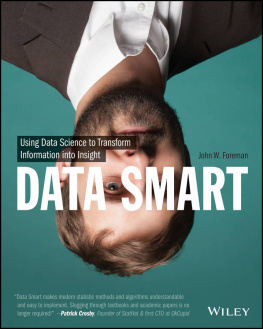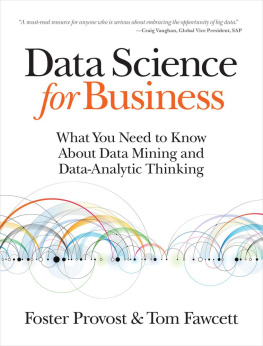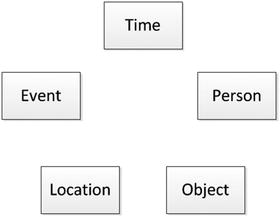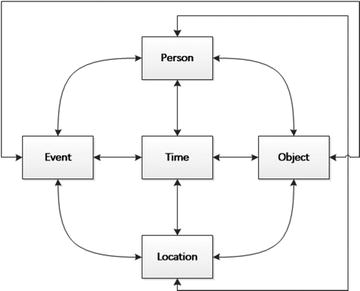Andreas François Vermeulen [Andreas François - Practical Data Science: A Guide to Building the Technology Stack for Turning Data Lakes into Business Assets
Here you can read online Andreas François Vermeulen [Andreas François - Practical Data Science: A Guide to Building the Technology Stack for Turning Data Lakes into Business Assets full text of the book (entire story) in english for free. Download pdf and epub, get meaning, cover and reviews about this ebook. year: 2018, publisher: Apress, genre: Computer. Description of the work, (preface) as well as reviews are available. Best literature library LitArk.com created for fans of good reading and offers a wide selection of genres:
Romance novel
Science fiction
Adventure
Detective
Science
History
Home and family
Prose
Art
Politics
Computer
Non-fiction
Religion
Business
Children
Humor
Choose a favorite category and find really read worthwhile books. Enjoy immersion in the world of imagination, feel the emotions of the characters or learn something new for yourself, make an fascinating discovery.
- Book:Practical Data Science: A Guide to Building the Technology Stack for Turning Data Lakes into Business Assets
- Author:
- Publisher:Apress
- Genre:
- Year:2018
- Rating:4 / 5
- Favourites:Add to favourites
- Your mark:
Practical Data Science: A Guide to Building the Technology Stack for Turning Data Lakes into Business Assets: summary, description and annotation
We offer to read an annotation, description, summary or preface (depends on what the author of the book "Practical Data Science: A Guide to Building the Technology Stack for Turning Data Lakes into Business Assets" wrote himself). If you haven't found the necessary information about the book — write in the comments, we will try to find it.
The data science technology stack demonstrated in Practical Data Science is built from components in general use in the industry. Data scientist Andreas Vermeulen demonstrates in detail how to build and provision a technology stack to yield repeatable results. He shows you how to apply practical methods to extract actionable business knowledge from data lakes consisting of data from a polyglot of data types and dimensions.
What Youll Learn
- Become fluent in the essential concepts and terminology of data science and data engineering
- Build and use a technology stack that meets industry criteria
- Master the methods for retrieving actionable business knowledge
- Coordinate the handling of polyglot data types in a data lake for repeatable results
Data scientists and data engineers who are required to convert data from a data lake into actionable knowledge for their business, and students who aspire to be data scientists and data engineers
Andreas François Vermeulen [Andreas François: author's other books
Who wrote Practical Data Science: A Guide to Building the Technology Stack for Turning Data Lakes into Business Assets? Find out the surname, the name of the author of the book and a list of all author's works by series.

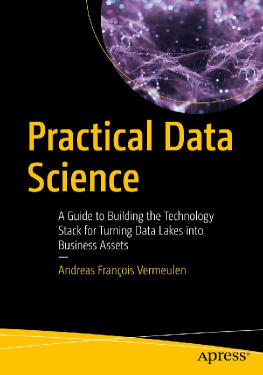
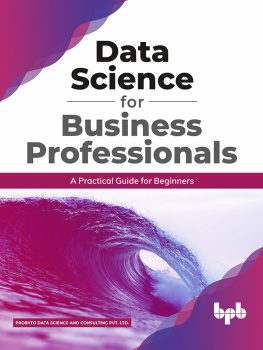

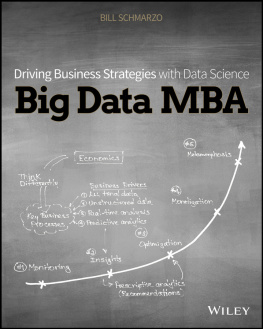
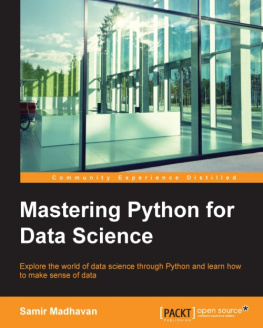
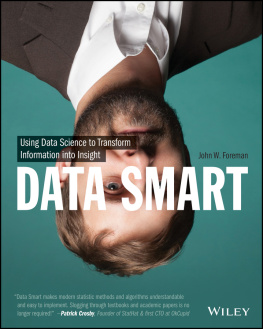
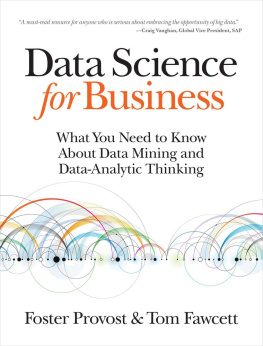
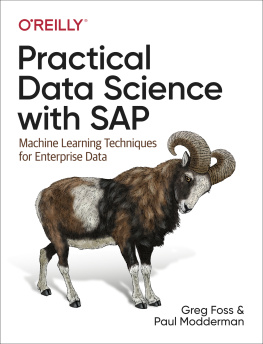
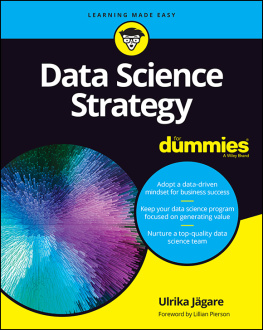
![EMC Education Services [EMC Education Services] - Data Science and Big Data Analytics: Discovering, Analyzing, Visualizing and Presenting Data](/uploads/posts/book/119625/thumbs/emc-education-services-emc-education-services.jpg)
